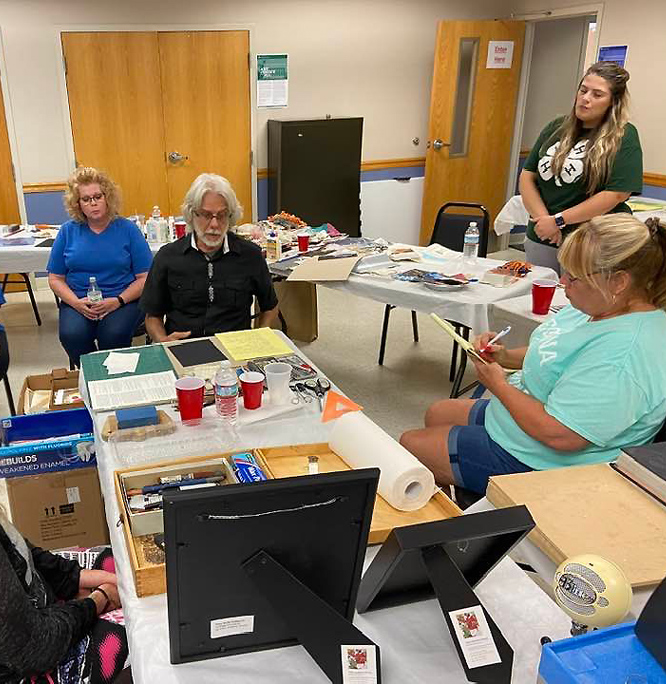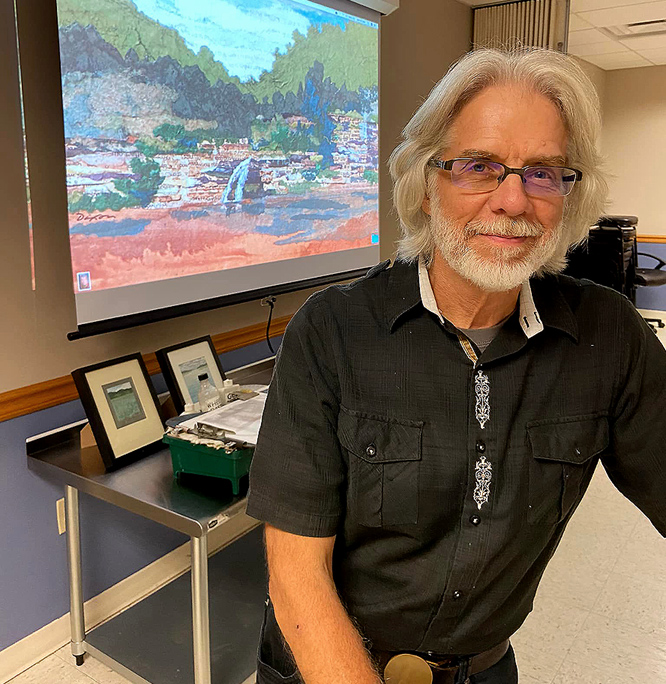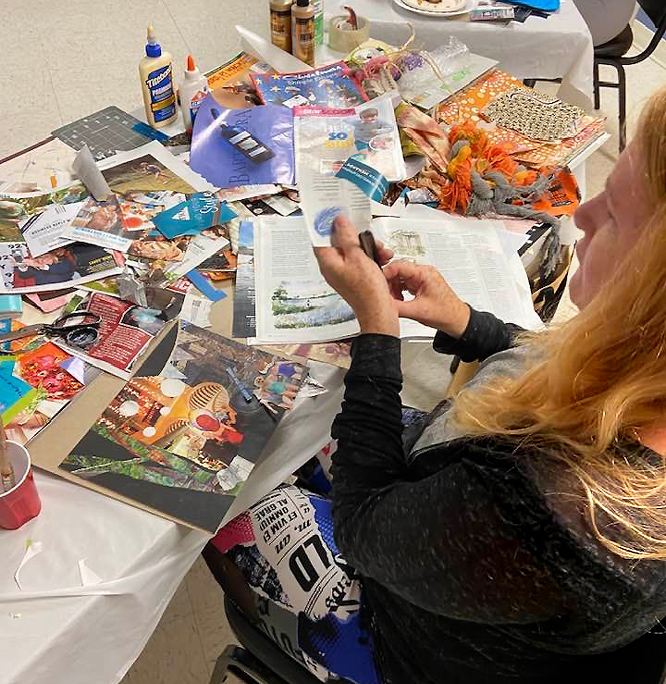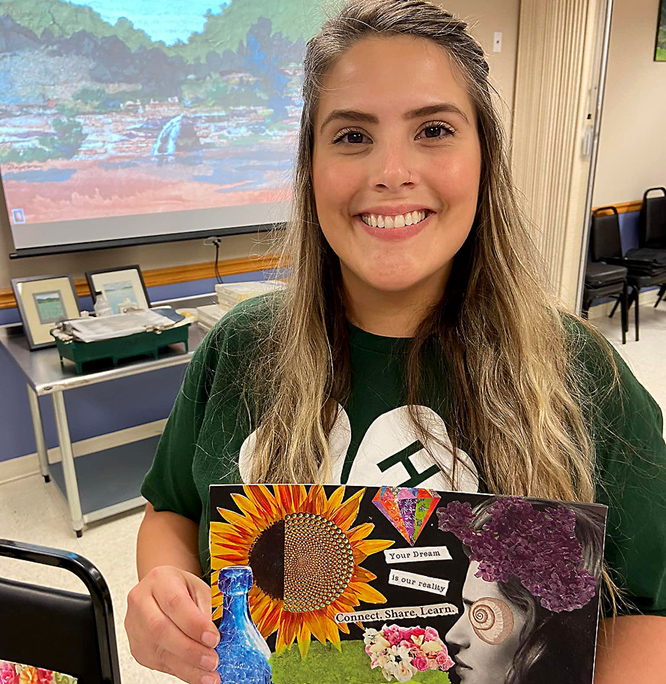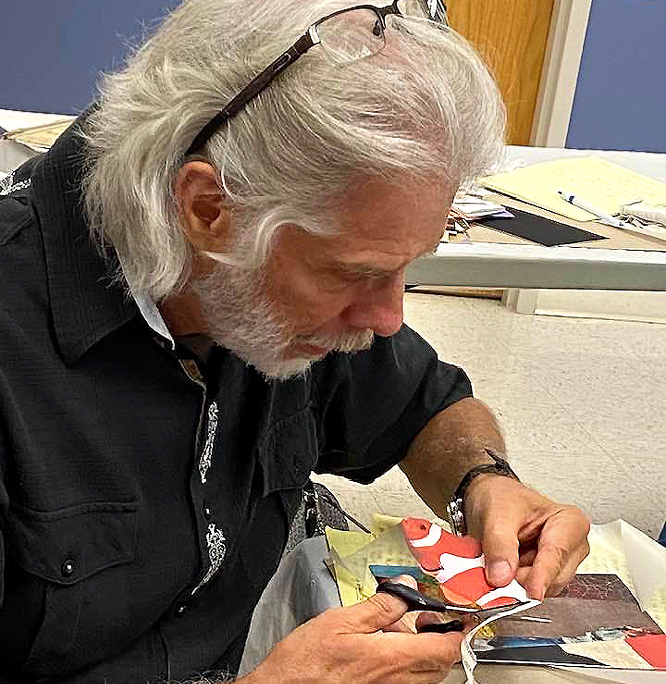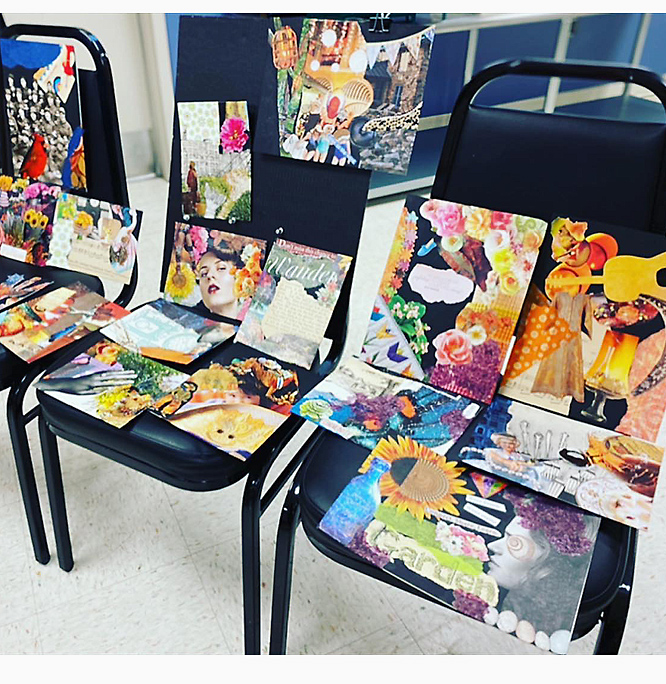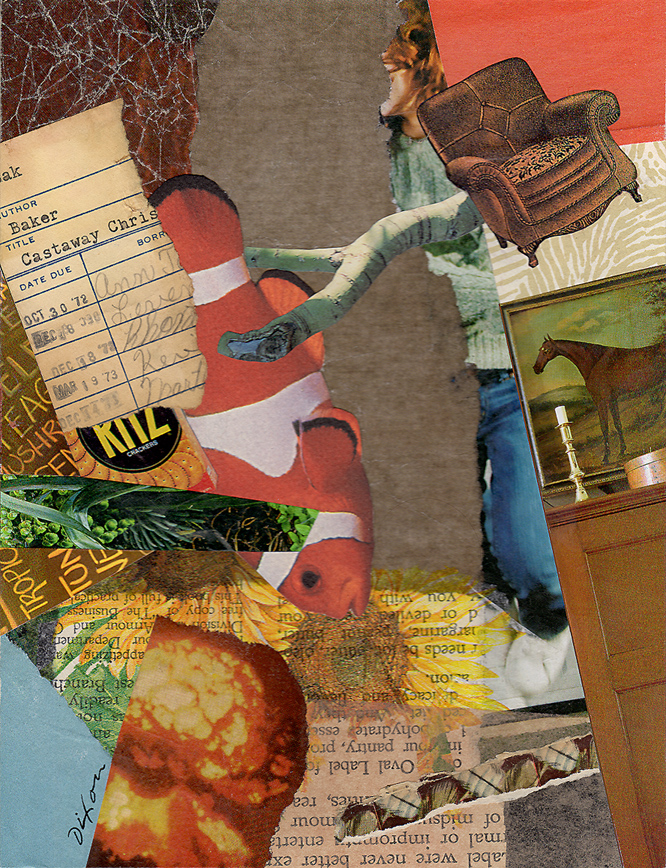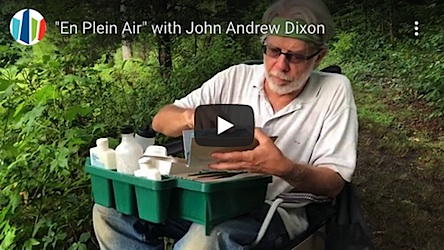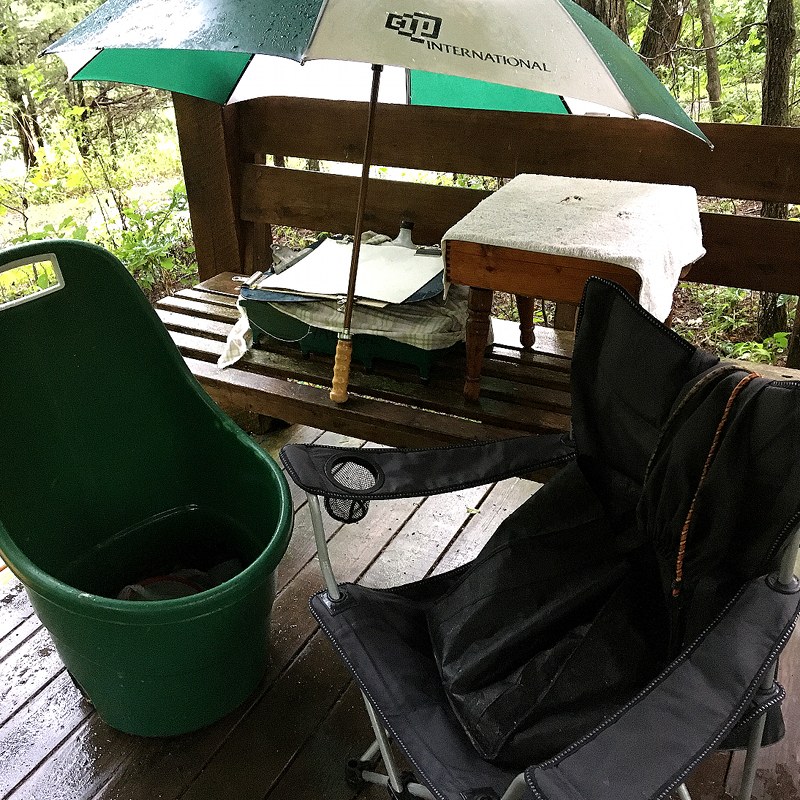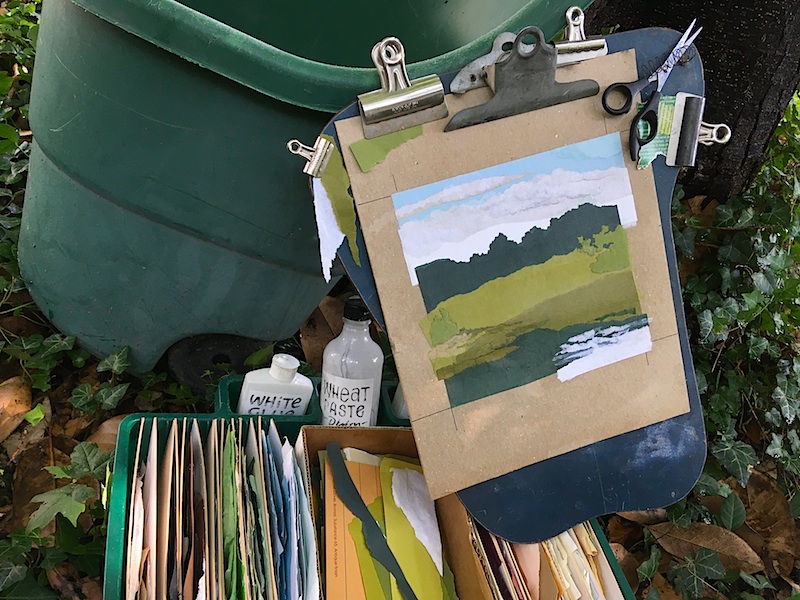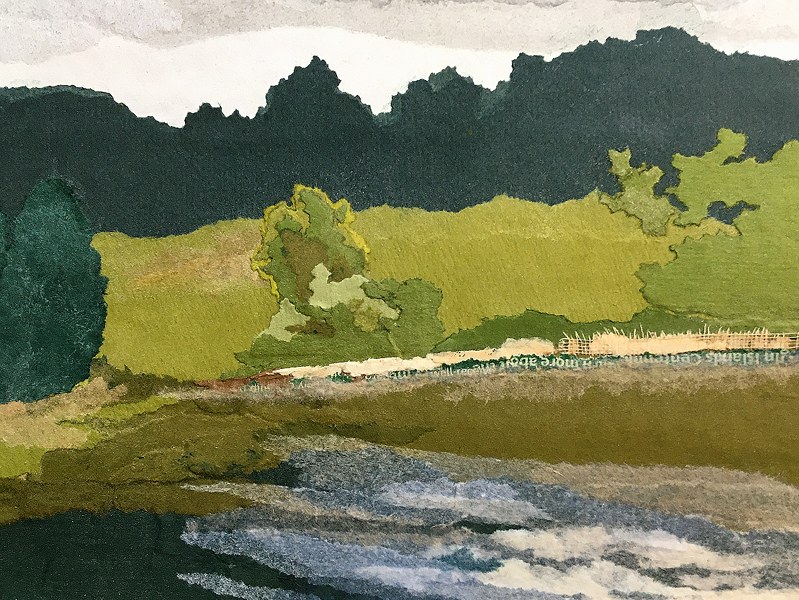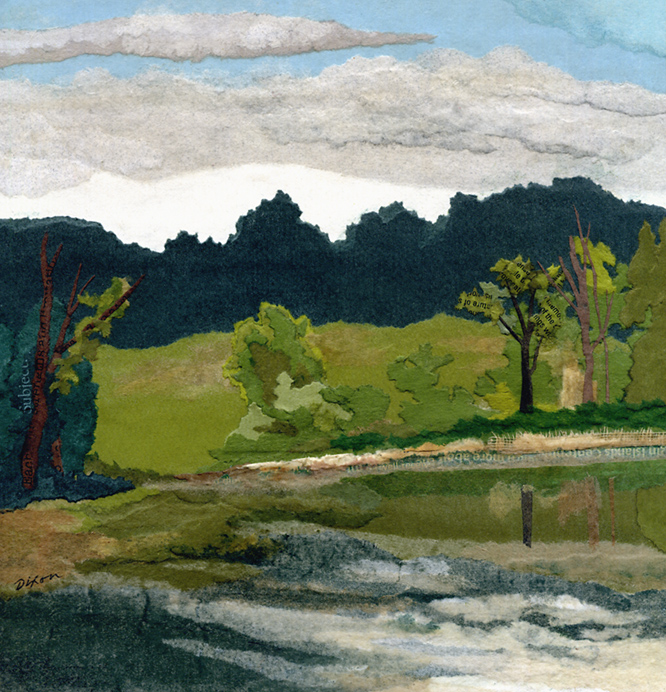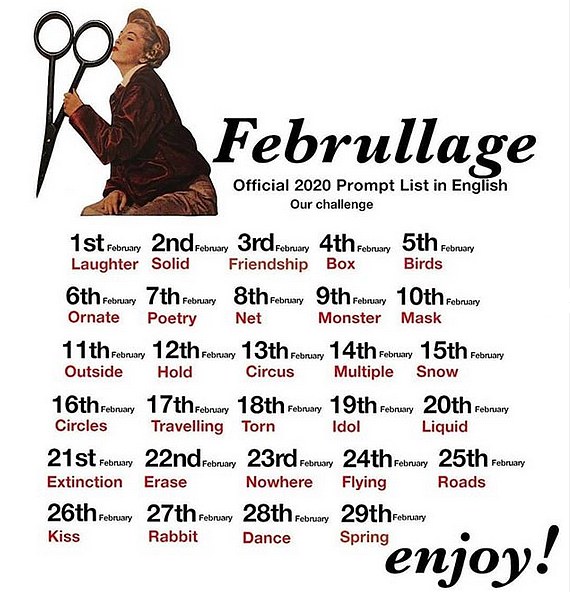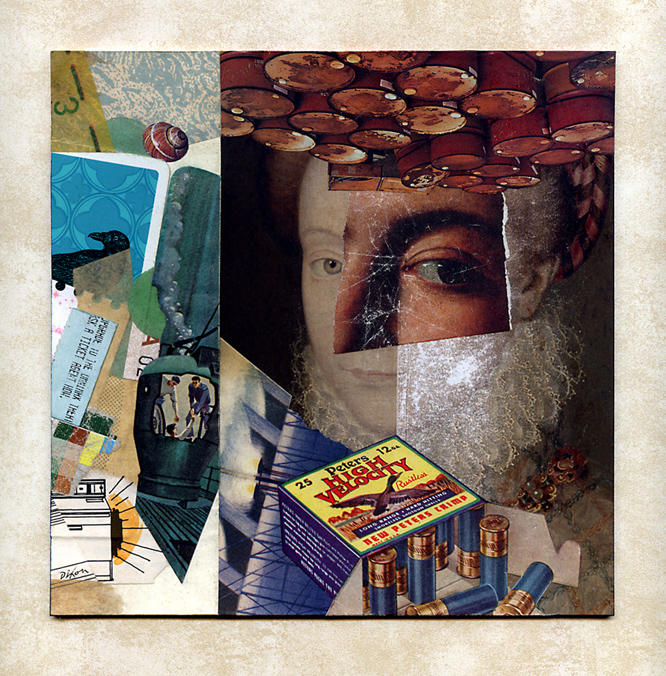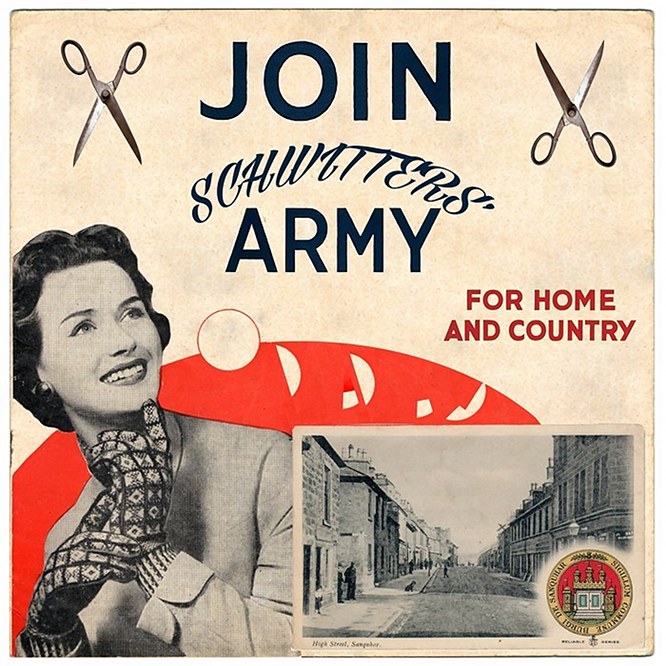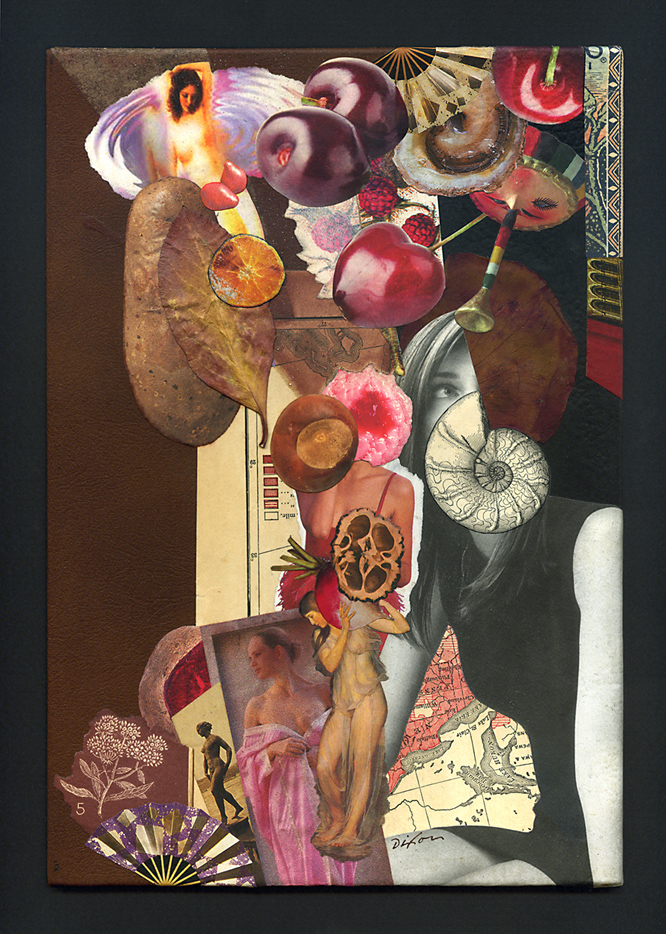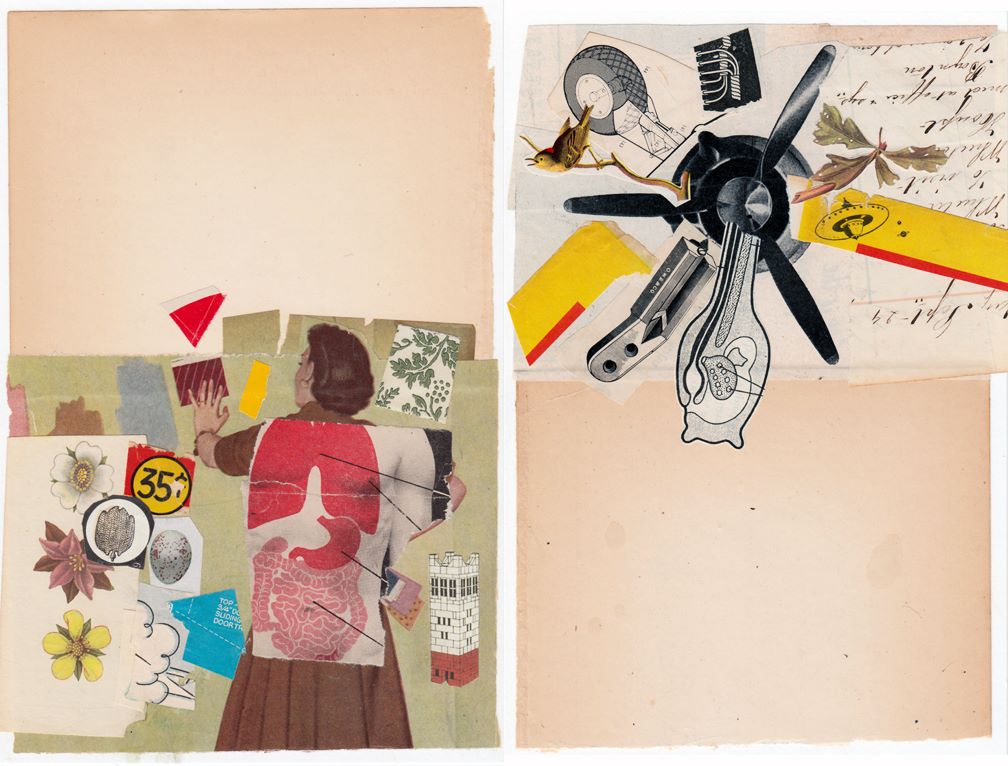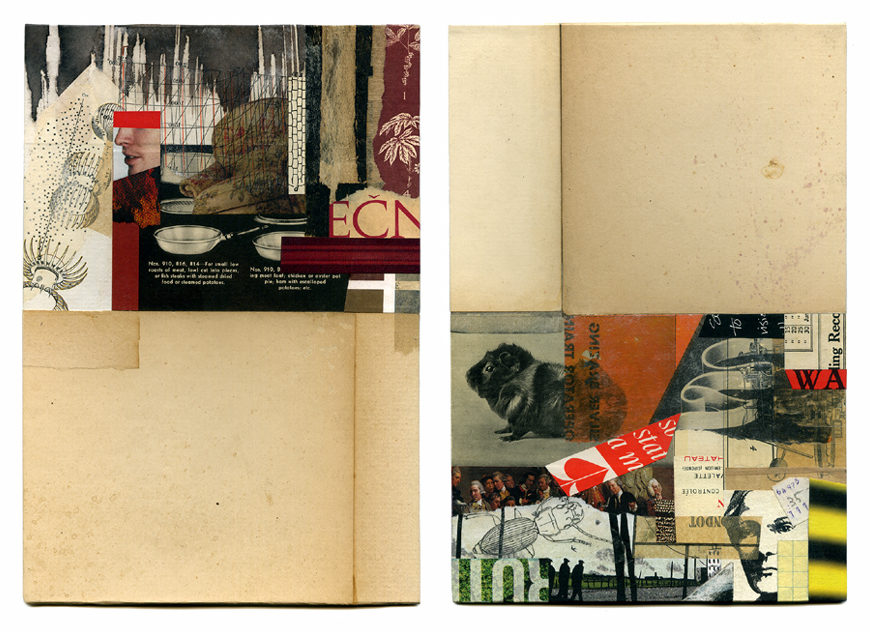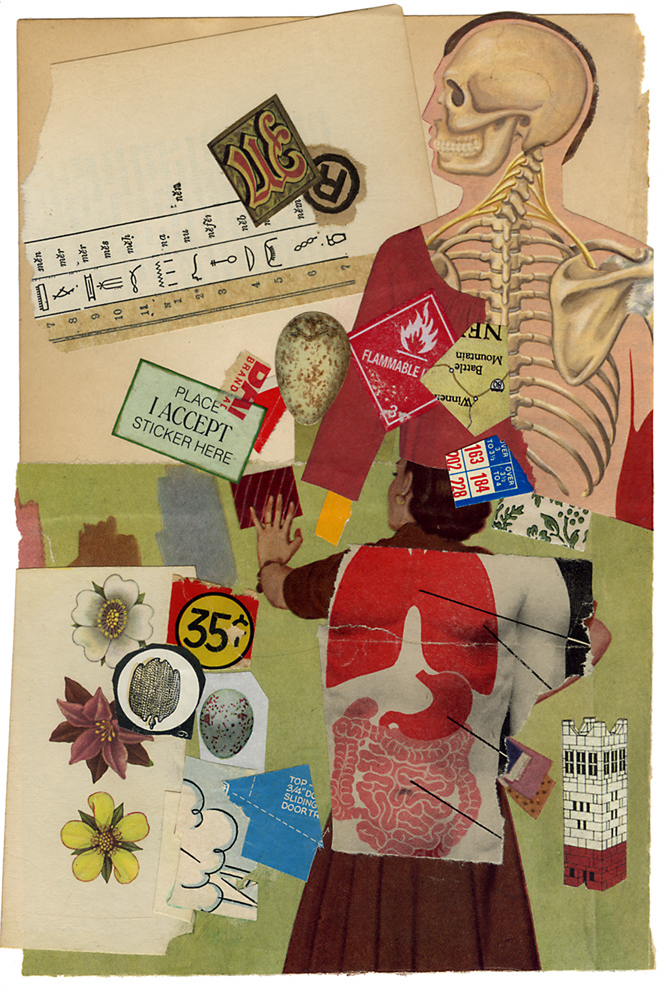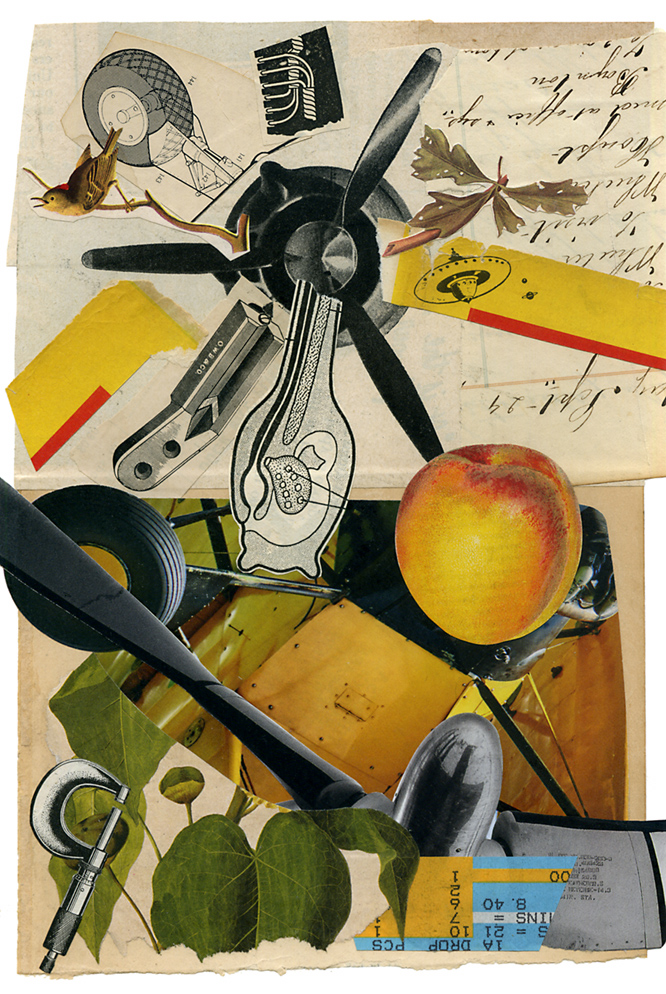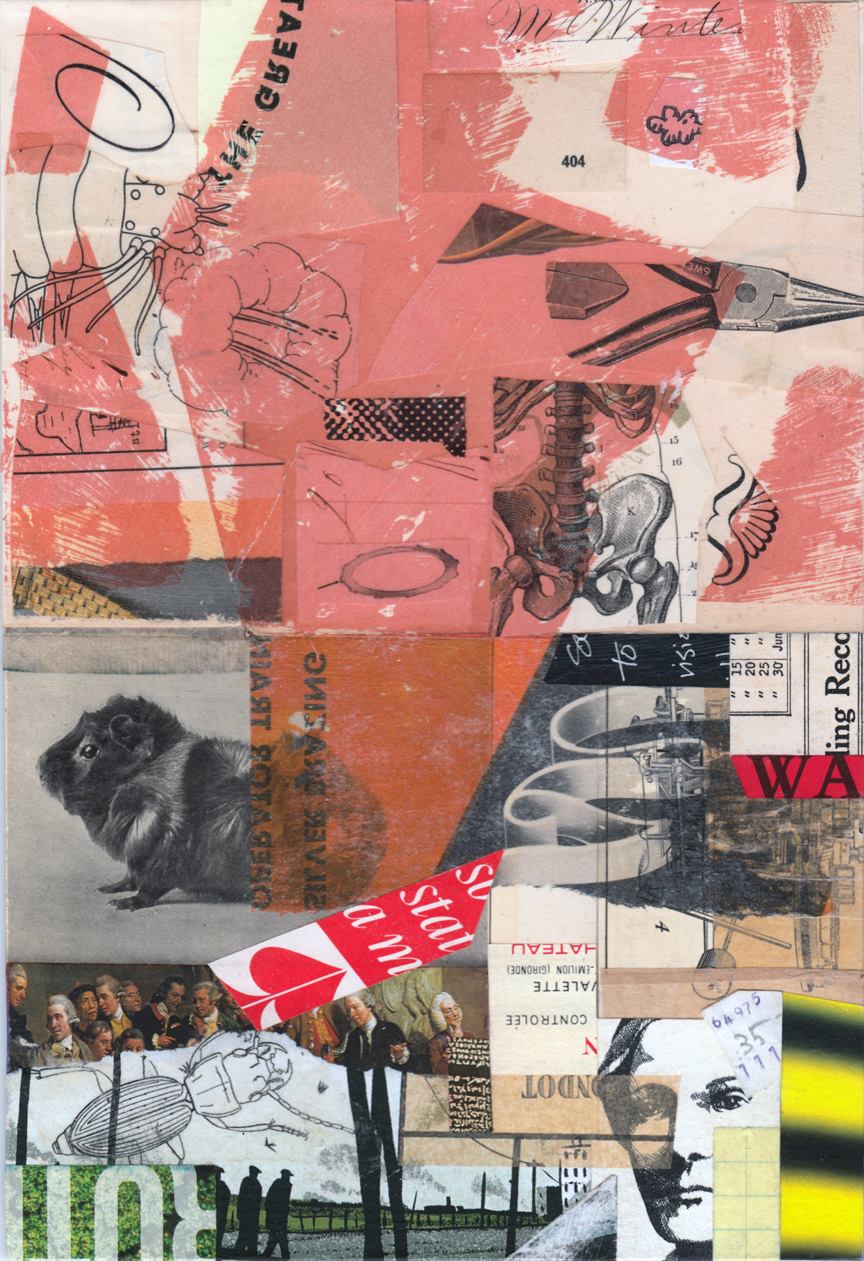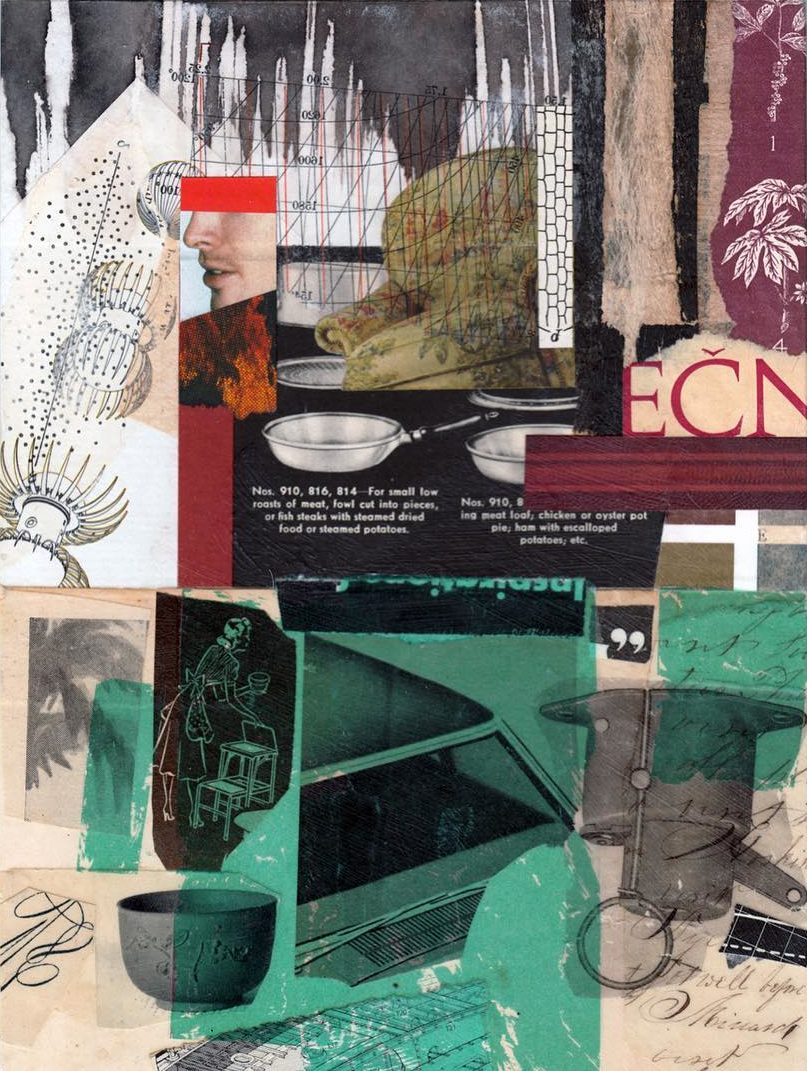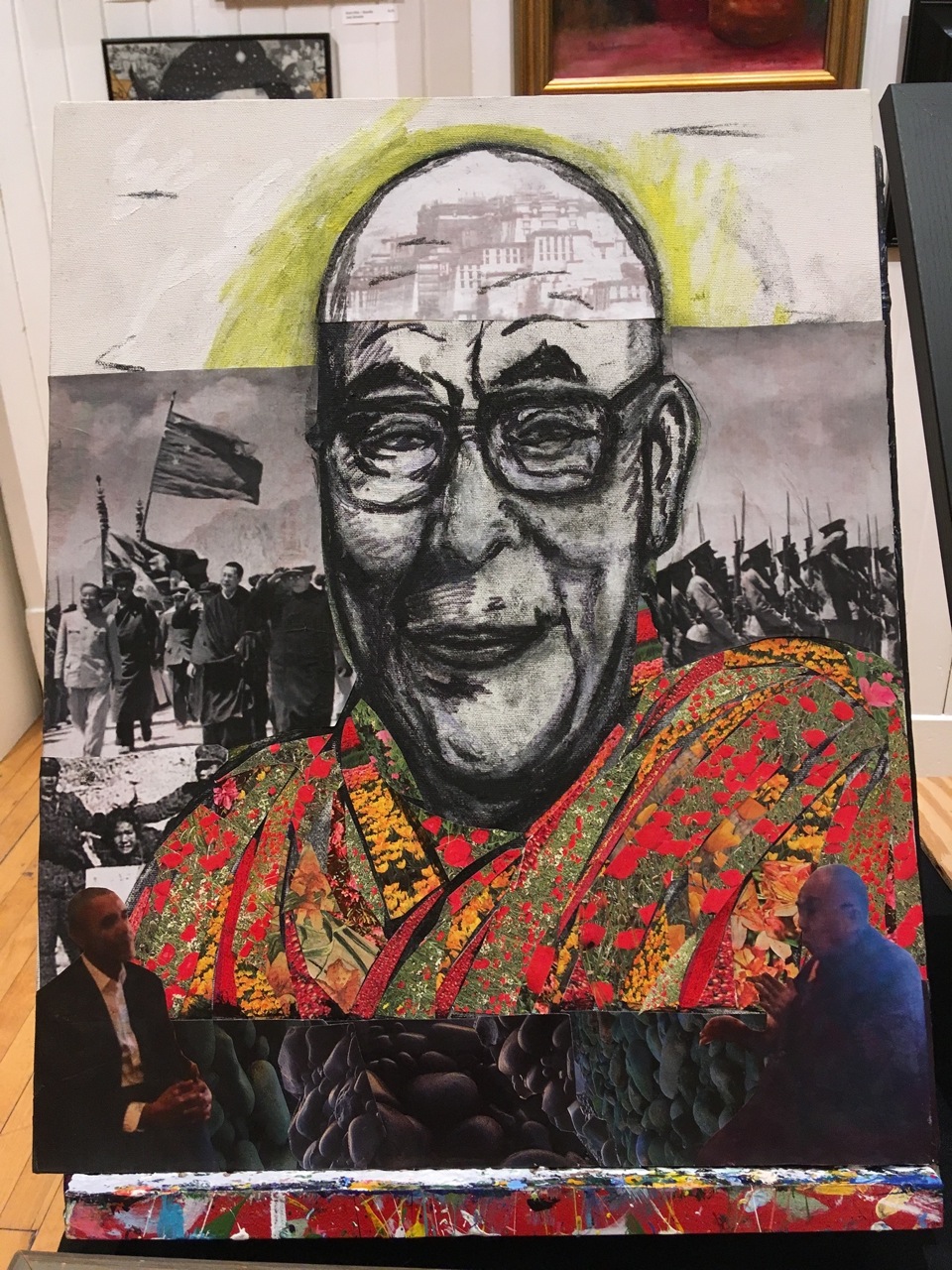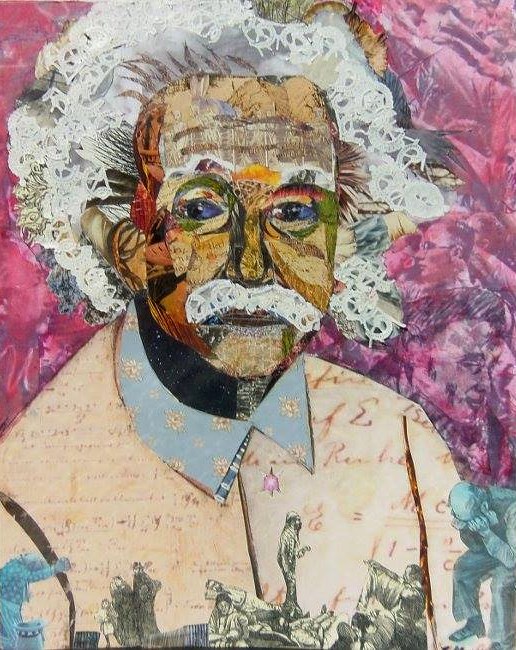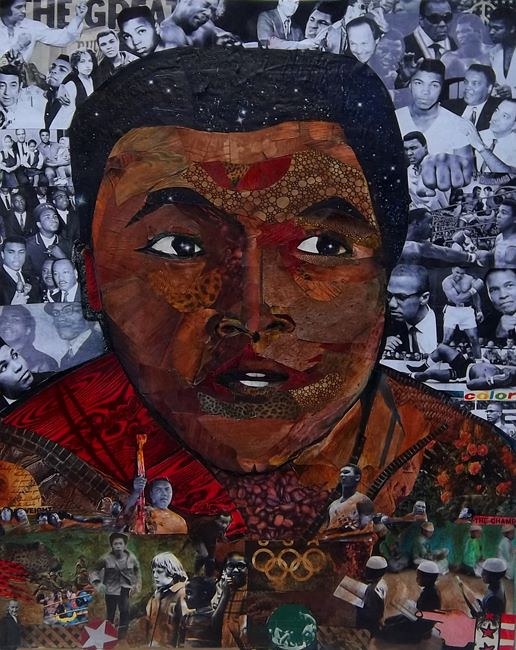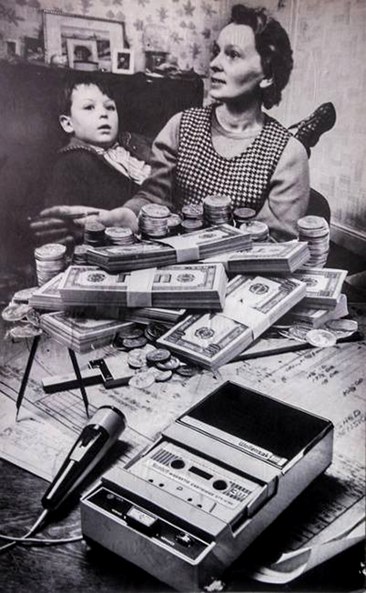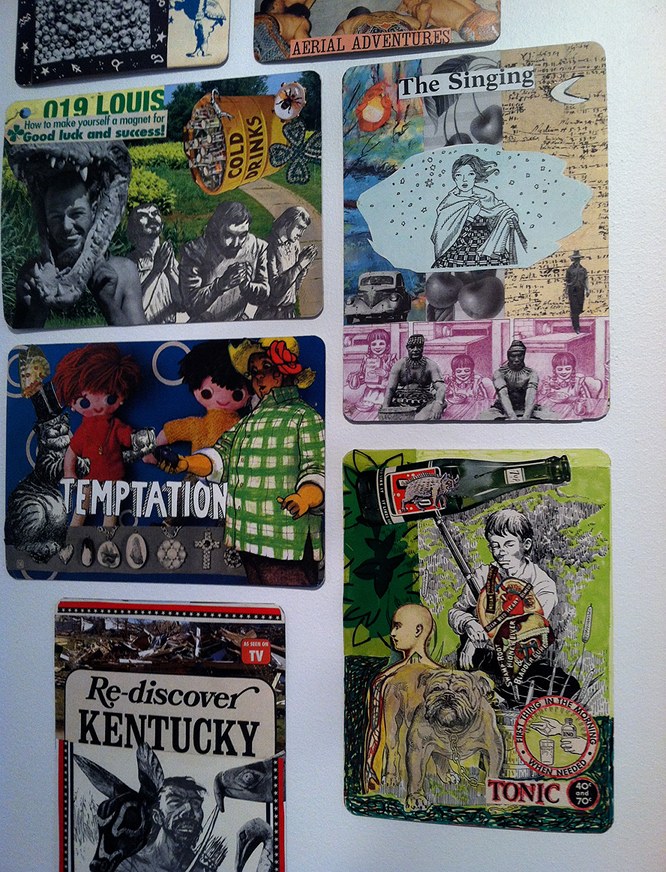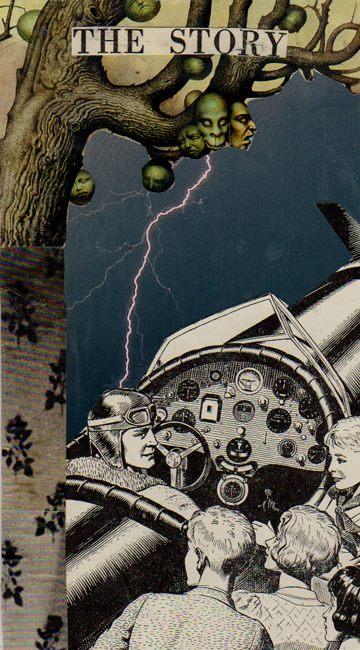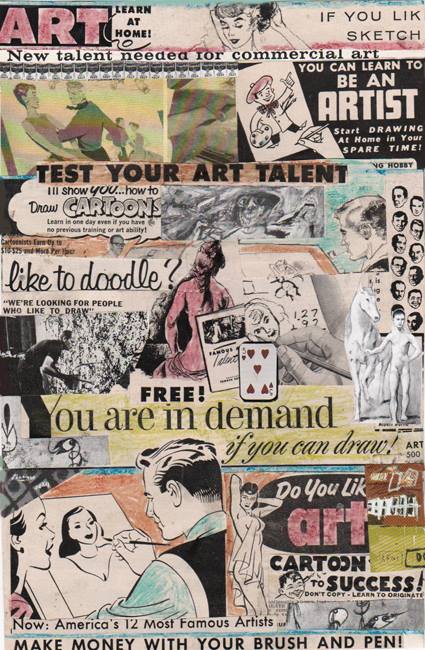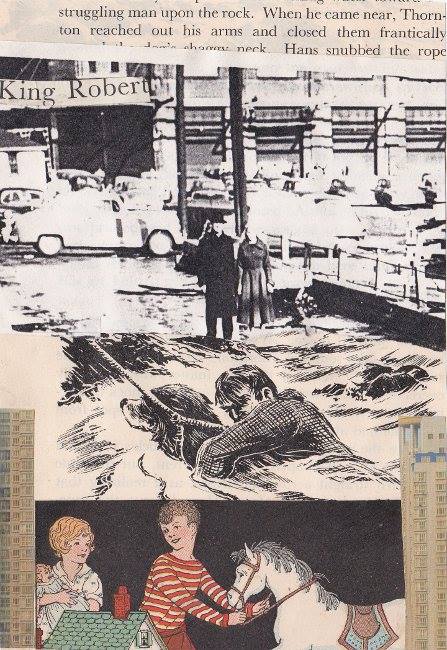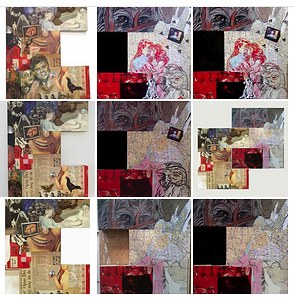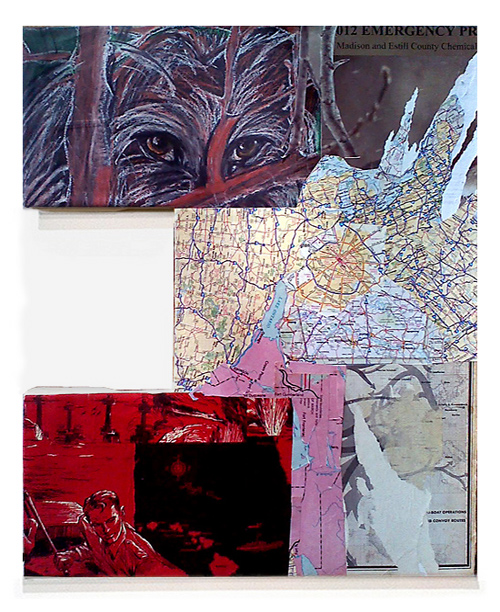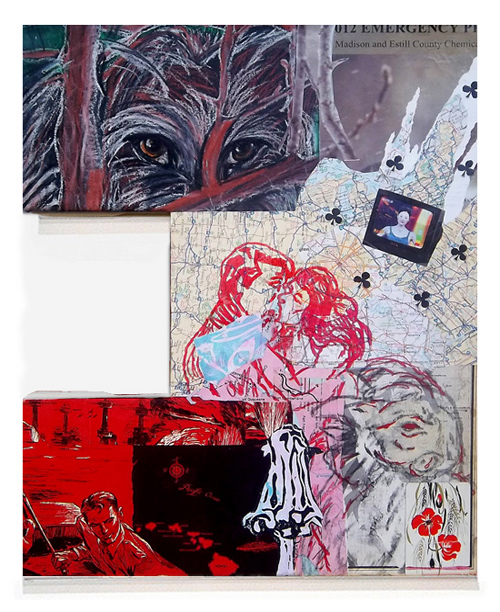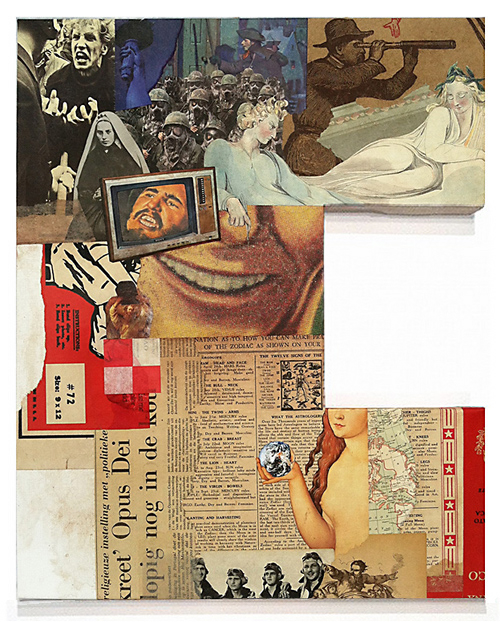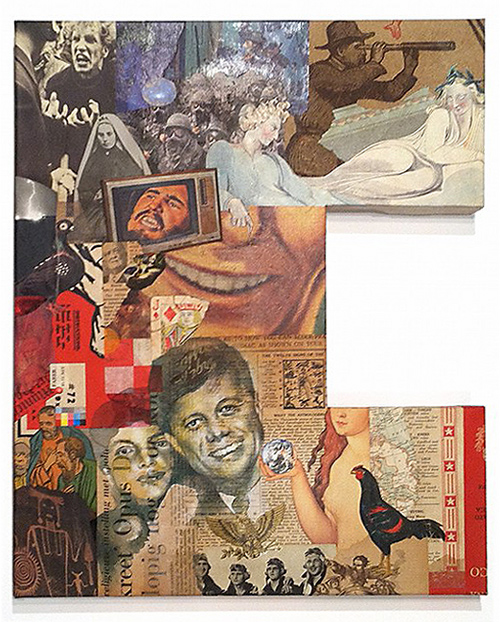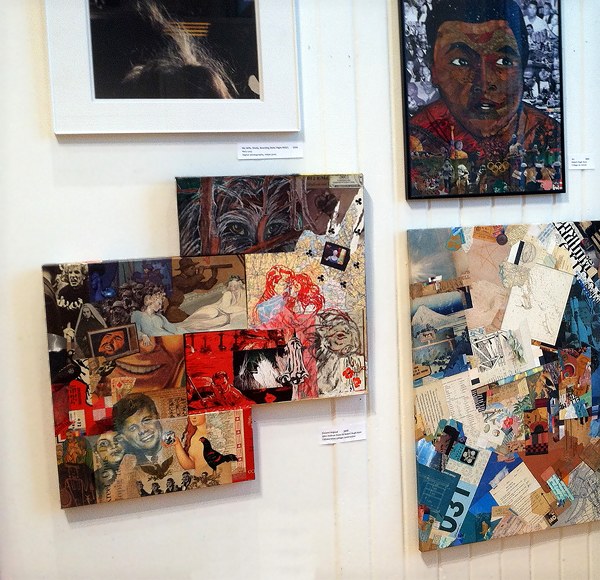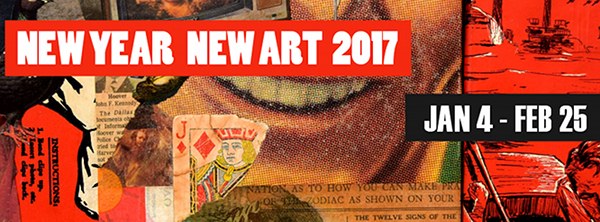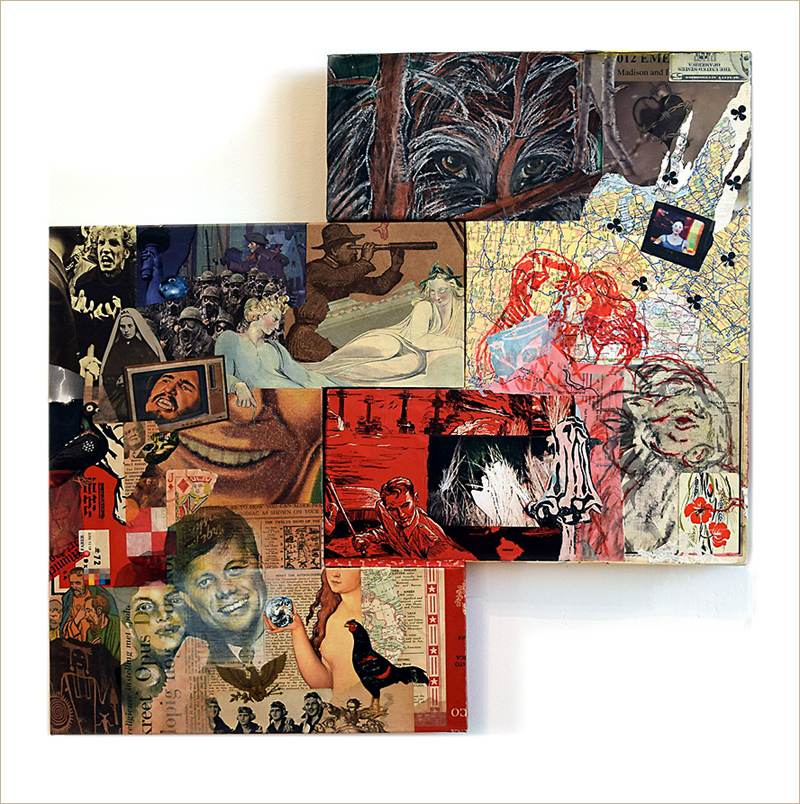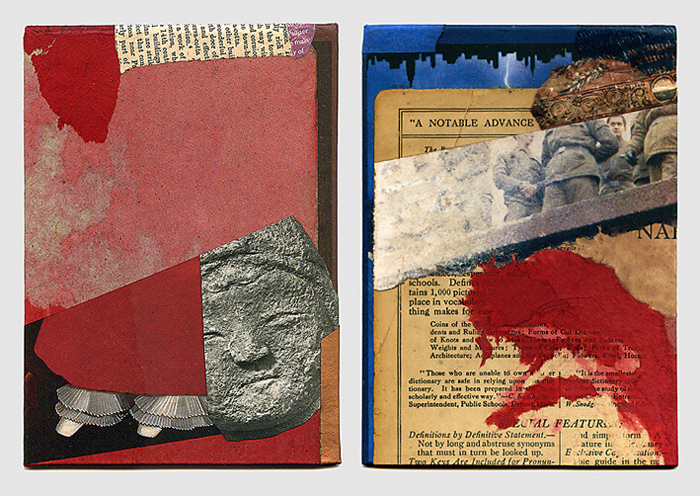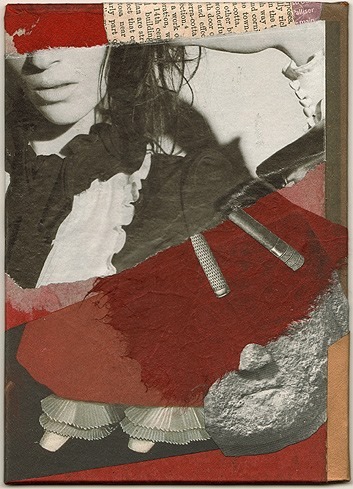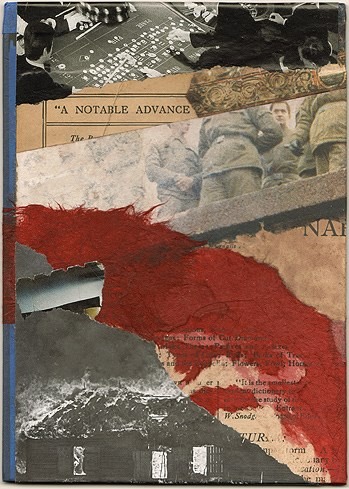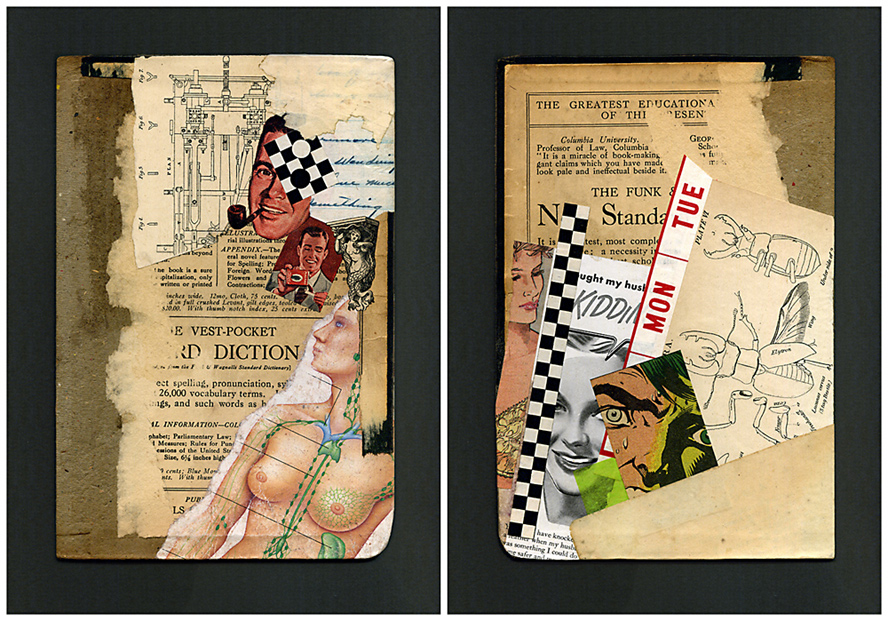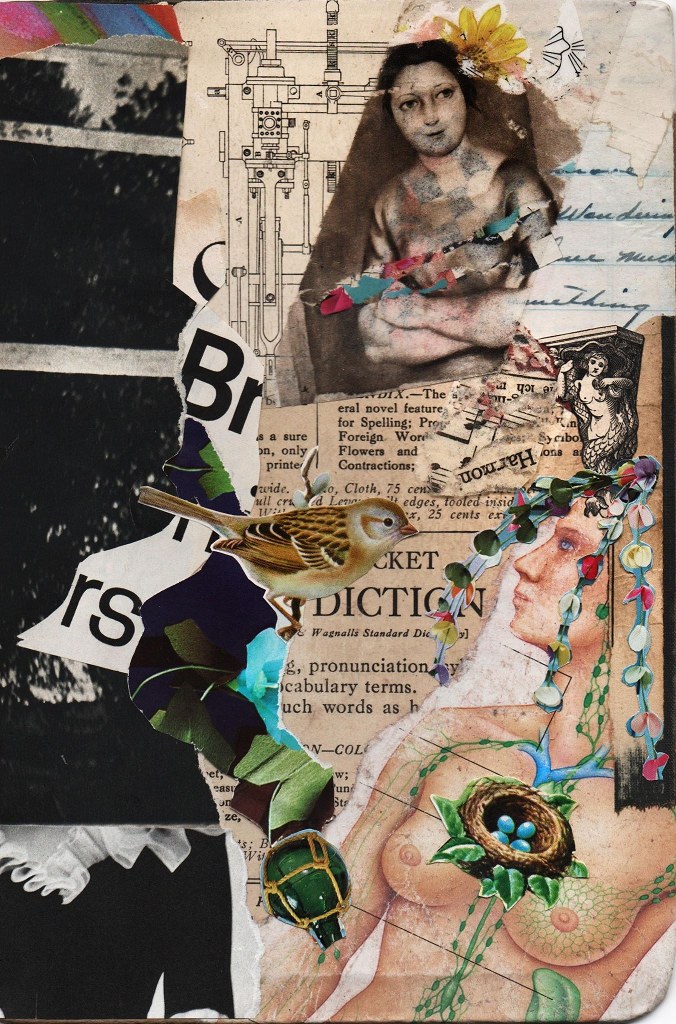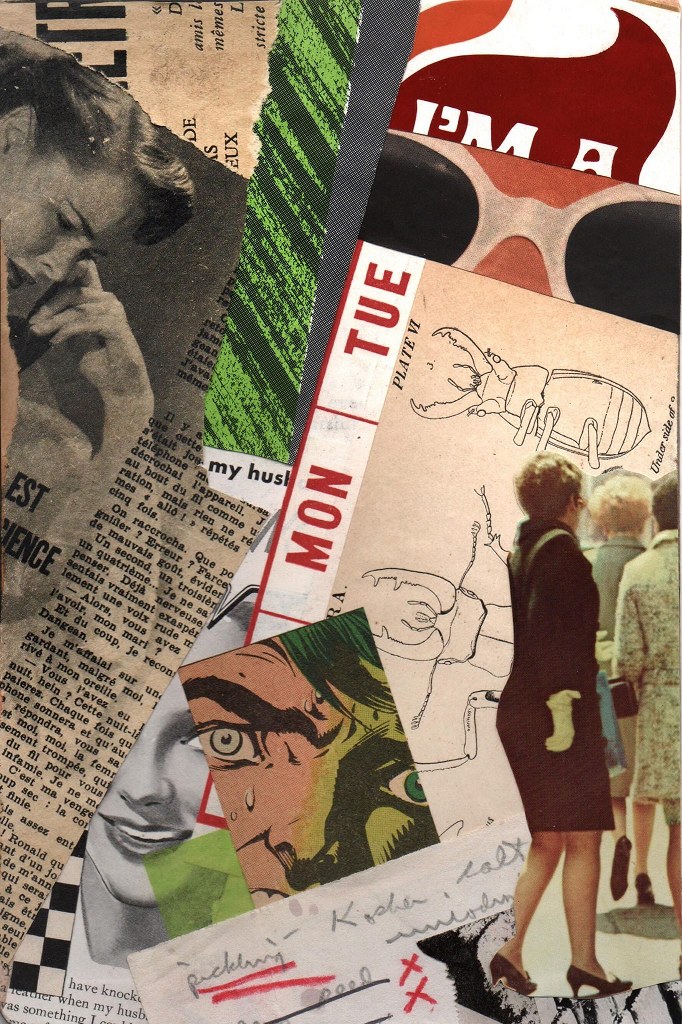“We make a living by what we get;
we make a life by what we give.”
— Winston Curchill
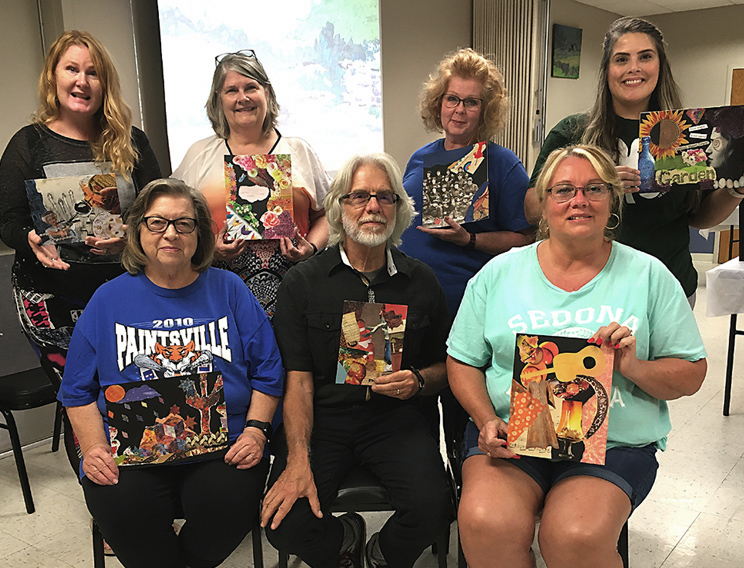 I’m still feeling a satisfying vibe from one of the most personally rewarding events ever! My hands-on collage workshop was part of the “Train the Trainer“ series in Paintsville, Kentucky for the Johnson County Extension Office. Participating artists intend to share this learning throughout their community in the coming months. My thanks to a fabulous group of creative individuals who were curious about “all things collage” and inspired to “pay it forward” among fellow citizens in their beautiful area of our Commonweath.
I’m still feeling a satisfying vibe from one of the most personally rewarding events ever! My hands-on collage workshop was part of the “Train the Trainer“ series in Paintsville, Kentucky for the Johnson County Extension Office. Participating artists intend to share this learning throughout their community in the coming months. My thanks to a fabulous group of creative individuals who were curious about “all things collage” and inspired to “pay it forward” among fellow citizens in their beautiful area of our Commonweath.
After an opening presentation with my whirlwind tour through over 200 years of collage history, a demonstration offered cutting tips, the basics of pasting technique, an overview of translucency and transfers, plus an emphasis on maintaining the flow of improvisational layering. (See my end-result demo piece below.) Throughout the day we stressed the fundamentals of visual aesthetics, while keeping our focus on intuitive spontaneity within an experimental process. Tables cluttered with potential ingredients were the norm, as participants tackled three time-based exercises and produced a collage miniature for each. Their well-crafted, colorful solutions were the take-home product, and we managed to fit in a closing discussion full of important observations. I was impressed with the group’s talent, curiosity, and spirit of creative adventure! It was an astonishing thing for me to observe how fluently they attuned to the vocabulary of collage expression, having no prior awareness of Hannah Höch, Joseph Cornell, or the Merz of Kurt Schwitters.
It’s been a while since I accepted the role of teacher. I was surprised and concerned to discover that it was no longer within my “comfort zone.” I faced a gauntlet of self-assurance to run before I felt prepared. The delightful, encouraging Brenda Cockerham, our project leader, provided vital support. As ever, Dana was an indispensable “partner in all things.” Why must I periodically be reminded that giving back is every bit as significant as anything I get from my artistic practice? I’m a fortunate man, because cutting and pasting offers a universal experience that is effortless to share with others — if I just get out of my own way. Collage at all levels presents an ideal opportunity for individual receptivity. It’s rewarding to watch this sense of discovery, similar to what I experience myself as I explore the wide potential of art made from paper that would otherwise be cast away. This connection with others fires my enthusiasm to compile additional collage insights and to continue passing them along. There is much to gain within a shared creative environment when we take discarded stuff and create value where none existed, and find wonder, meaning, and beauty where none had been expected.
Don’t Clown Around
collage experiment by J A Dixon
created during my workshop demonstration
6.5 x 8.5 inches
